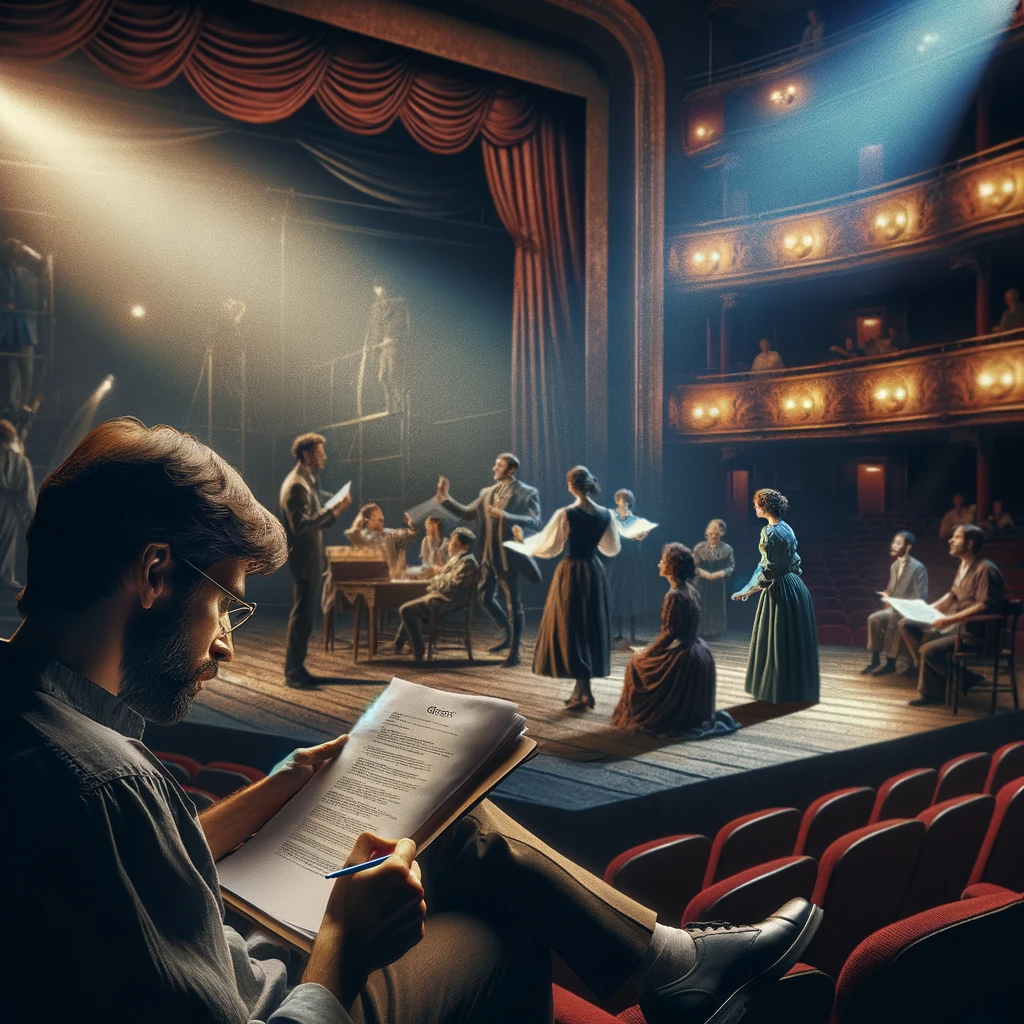In the realm of theater, a director’s role is often as enigmatic as it is vital. The term “Director’s Cut” typically evokes images of a film director’s unaltered vision, but in the theater, this concept takes on a more collaborative and immediate resonance. It is here, in the charged space of live performance, that a director shapes and shares their vision, sculpting the raw material of script and performance into an experience that will leave the audience transformed.
The Visionary’s Blueprint The director’s vision serves as the blueprint for the production. It is a guiding light through the journey from script to stage. Renowned director Elizabeth Huang remarks, “Directing is about seeing the potential of a story, then painting it in three dimensions for the world to see.” It’s a meticulous process of selection and synthesis, choosing the right elements to bring a cohesive story to life.
The Alchemy of Collaboration While the term “Director’s Cut” suggests a singular artistic vision, theater is inherently collaborative. A director must be an alchemist, blending the talents of actors, designers, and crew into a production that transcends the sum of its parts. “I don’t just direct; I orchestrate a symphony of creativity,” says upcoming director Omar Jackson. It’s a delicate balance of leadership and partnership.
The Rehearsal Room Laboratory Inside the rehearsal room, the director’s cut evolves. This space is a laboratory for experimentation where scenes are dissected, emotions are calibrated, and pacing is perfected. For new director Mia Santos, rehearsals are where the magic happens. “The rehearsal room is sacred. It’s where we dare to fail in pursuit of something truthful and electrifying,” she shares.
The Language of Staging A director’s vocabulary is movement, gesture, and the spoken word. Each decision, from the actor’s blocking to the subtleties of their interactions, is a sentence in the language of staging. Veteran director Akira Yoshida explains, “My role is to write a visual poem where each movement is carefully chosen to convey meaning and evoke emotion.”
The Evolution of the Director’s Cut In theater, unlike in film, the director’s cut is not final until the closing night. Every performance is a live organism, changing subtly with each rendition. “Each night is a different cut,” laughs Broadway director Sophie Martínez. “Live theater breathes. It evolves with the audience’s energy, and I evolve with it.”
Technology and the Modern Director Modern directors, like tech-savvy Liam Chen, embrace new technologies to push the boundaries of storytelling. “Technology allows us to expand our narrative toolkit,” Liam notes. “It’s an exciting time to experiment with how we tell stories on stage.”
The Emotional Core At its heart, a director’s cut is about the emotional core of the production. It’s the director’s job to ensure that the heart of the story beats strongly through every aspect of the performance. “My ultimate goal,” reflects Elizabeth Huang, “is to ensure that when the lights go down, the audience feels something unforgettable.”
In the Director’s Cut, we see the essence of the director’s role within the tapestry of theater—an artist, a leader, a collaborator, and, above all, a storyteller. As the curtain rises and the stage comes alive, the director’s vision is realized in its most vibrant form, a shared dream woven into the fabric of the live performance.
This article aims to shed light on the complex and nuanced role of a director in the theater, exploring how they shape and refine the myriad contributions of their cast and crew into a singular, cohesive vision that is ever dynamic, alive with the pulse of each performance.


